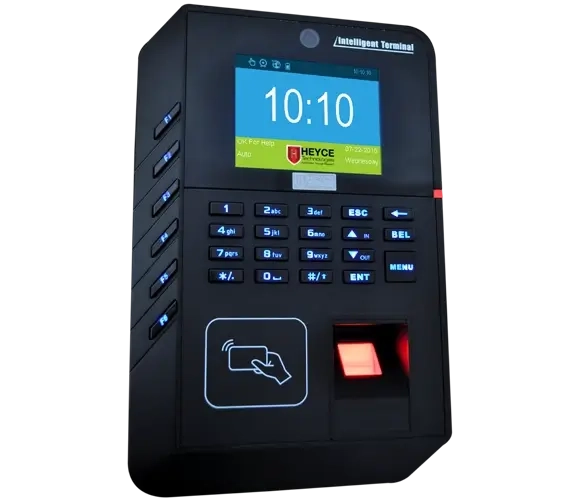Biometric Fingerprint identification systems are widely accepted in, Time & Attendance Recorders, HR Automation, Physical Access Control, Law Enforcement Forensics, Civil Identification, Background Checking, Employment, Adoption/Foster Parenting, Border Control/Visa Issuance, work force management, Logical/Network Access Control, Identity Verification for International Travel Documents (passports, visas), Device Access Control (e.g., PDAs, mobile devices), Identity Theft Protection, Payments Authorization etc.
Over the several years of advancement in finger recognition technology, several types of fingerprint sensors like Optical, Ultrasonic, Passive capacitance, Active capacitance etc. were industrialized. Optical fingerprint sensors use imaging technology, capturing a digital image of the print using visible light. Ultrasonic sensors make use of the principles of medical ultrasonography using very high frequency sound waves to create visual images of the fingerprints. Capacitance sensors rely on principles associated with capacitance to form fingerprint images. To function accurately, the fingerprint scanner systems are coupled with software that uses highly complex algorithms to recognize and analyse the captured fingerprint image.



